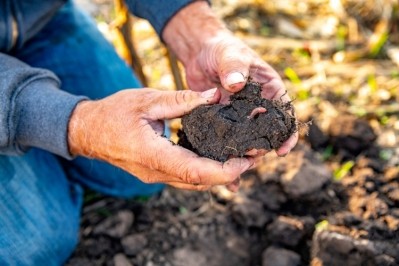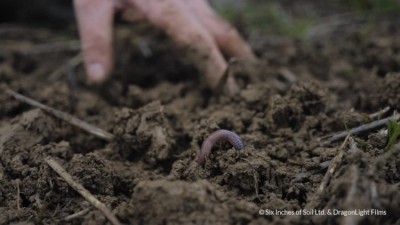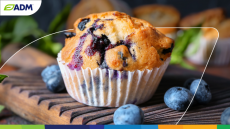Is it possible for the bakery sector to reach net zero?
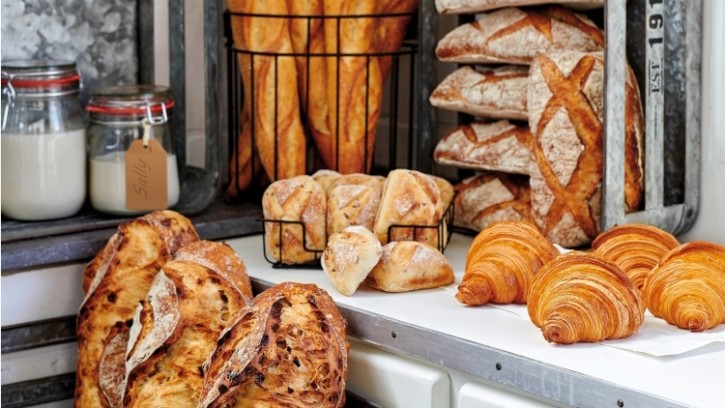
According to Francesca Angiulli, sustainability director for Puratos, it’s definitely within the bakery sector’s reach to attain net zero and it comes down to the very beginning of the supply chain.
“Looking at how the bakery industry sources raw materials will be key to achieving this ambitious goal, as the majority (75%) of food system emissions come from agriculture [Puratos and GF-impact Toast bread study using PEF methodology 2024],” she contends.
“Despite the widespread challenges in reducing agriculture’s carbon footprint, regenerative agriculture (RegAg) could provide a viable solution on the path to positive change – both in terms of meeting sustainability targets and satisfying consumer demands for eco-friendly bakery creations.”
Common challenges
The wider food industry has long prioritized improving productivity to feed the fast-growing population. This has resulted in an agricultural system that relies on large fields of monoculture, heavy mechanical work of the soil and chemical inputs, such as pesticides and fertilizers.
In many countries, these intensive practices have led to increased erosion, lower water and nutrient availability in soil, as well as poor biodiversity. Plus, with climate change a growing global concern, decarbonization of the value chain has never been more important – and it has become a key priority for bakery, patisserie and chocolate applications.
“It’s clear that a more sustainable model is needed,” says Angiulli.
“At the same time, consumers are becoming more aware of the impact their food choices have – and are increasingly choosing products that reflect their values and beliefs.
“According to Puratos’ ‘always-on’ Taste Tomorrow program, as many as 64% of consumers globally look for products that are produced sustainably – and they are more prepared to pay for added value benefits, such as locally sourced ingredients and knowing farmers have received a fair price.”
So, what is RegAg?
RegAg is the increasingly accepted farming method to these agricultural challenges, as it helps to increase the organic matter in soil, restore the ecosystem and futureproof food supply.
Explains Anguilli, “The process is based on a set of five farming practices, including cover crops, more crop rotation, increased biodiversity, reduced tillage and lower use of fertilizers and pesticides.
“While regenerative farming methods tend to focus on different grains depending on the region, crop rotation plays a particularly vital role. In fact, bringing more diversity to the farm cultivates healthier soil, in turn helping to create more resilient and sustainable crops.
“For grains in bakery applications, rye, spelt, buckwheat, linseed and pulses are viable – but often overlooked – rotation options for farmers, particularly in Western Europe.
“Bakers and their suppliers can encourage regenerative farming by incorporating these grains and seeds into their recipes as up-and-coming ‘power ingredients’. It will also help to diversify their own portfolios.
“Power ingredients are becoming a go-to addition in bakery innovation, as they can increase a product’s health profile and elevate the taste experience, too. For instance, adding buckwheat or pulses into a sourdough mix brings a different taste and texture that consumers love.
“Linseed or quinoa used as a topping or inclusion can help boost fiber content – allowing bakers to tap into the current trend for gut-friendly products. “
Putting it into practice
Adopting more sustainable agricultural practices typically involves implementing new techniques and technologies, which is why RegAg can initially incur costs, particularly during the initial transition and for the first five years.
However, the long term dividends far override the cost. Once soil is regenerated, farmers can produce the same output with lower operating costs, as much less input and irrigation are required.
So, how can the bakery industry support farmers with the transition?
“Paying a price premium or committing long-term to a certain volume of a specific crop is a good start,” notes Anguilli.
“There also needs to be plenty of flexibility in the manufacturing process, to allow more diversity in products and ensure maximum appeal to consumers.
“Over the years, Puratos has partnered with farmers practicing regenerative agriculture in several pilot projects to gain better insights into sustainable farming methods.”
She explains, “In 2023, the company partnered with two farmer co-operatives in Belgium promoting healthier soil practices: ‘Cultivae’ for rye and ‘Farm for Good’ for wheat. The aim is to create a robust supply chain from farm to fork to help build a roadmap towards sustainable sourcing at scale in the bakery and patisserie industry.”
Puratos also recently partnered with UK-based Wildfarmed to launch the market’s first ready-to-use regeneratively-farmed sourdough solution.
“Sapore Sally is a living sourdough made with regeneratively farmed flour, which is helping to meet consumer needs for locally-produced, sustainably-sourced sourdough products – a sign the industry is forging ahead with more sustainable farming practices.”
When it comes to improving bakery sustainability, Anguilli believes the sector is at a crossroads.
“The time is now to invest and support regenerative farming practices, to help positively impact the planet and ensure a reliable, robust and more sustainable supply chain for future generations,” she says.
“For bakers, integrating raw materials from regenerative farming into current processes, while maintaining sufficient food volumes for the growing global population, will be the next challenge. However, these necessary changes will help the sector transition towards a resilient, more environmentally friendly ecosystem for many years to come.”
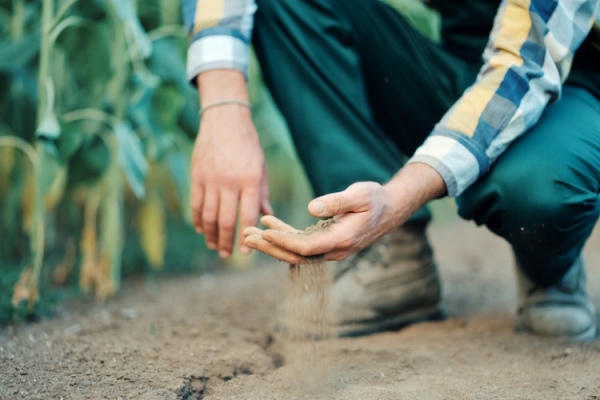

![Sapore_Sally_sourdough[1]](/var/wrbm_gb_food_pharma/storage/images/_aliases/reference/media/images/sapore_sally_sourdough-12/17377203-1-eng-GB/Sapore_Sally_sourdough-1.jpg)

